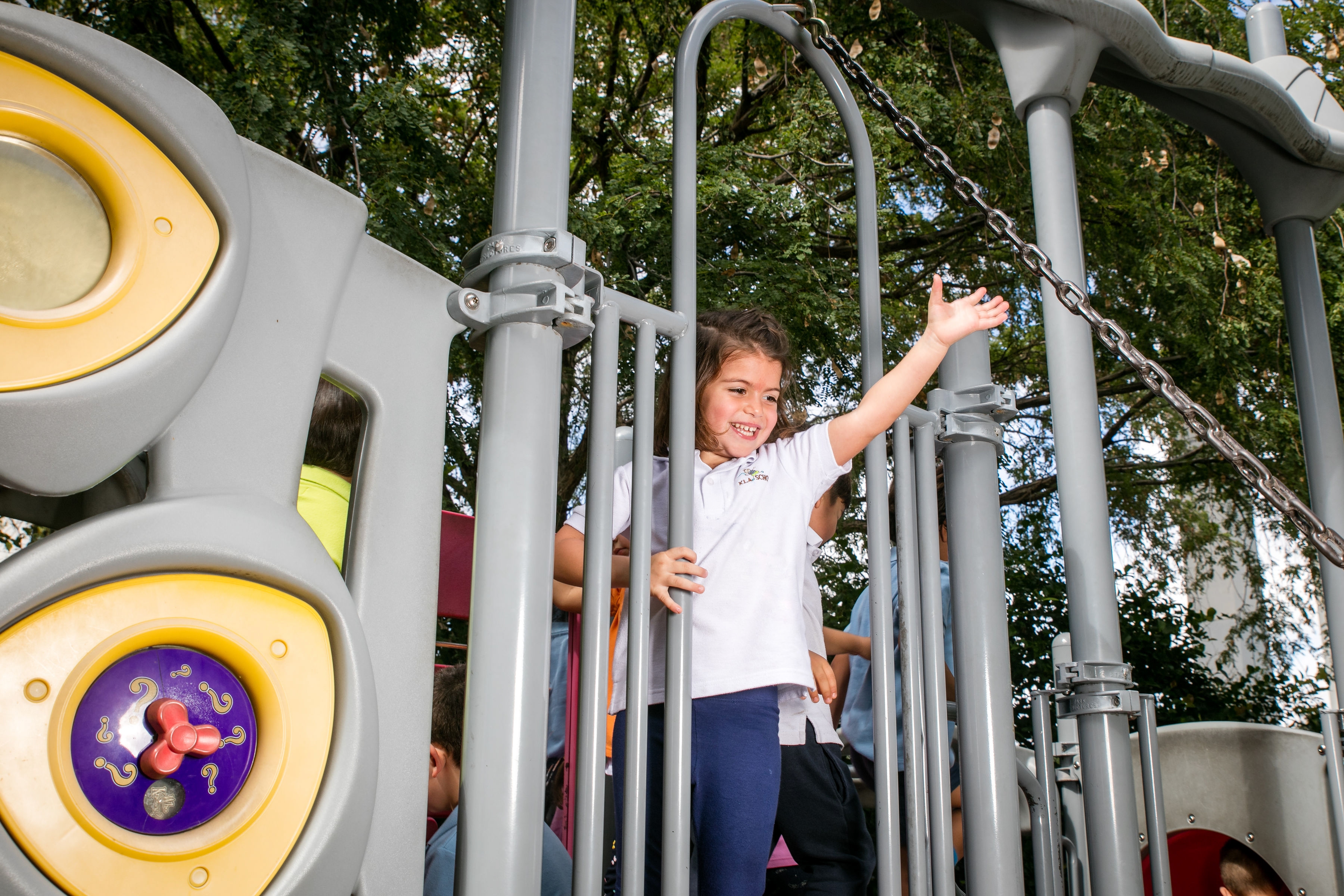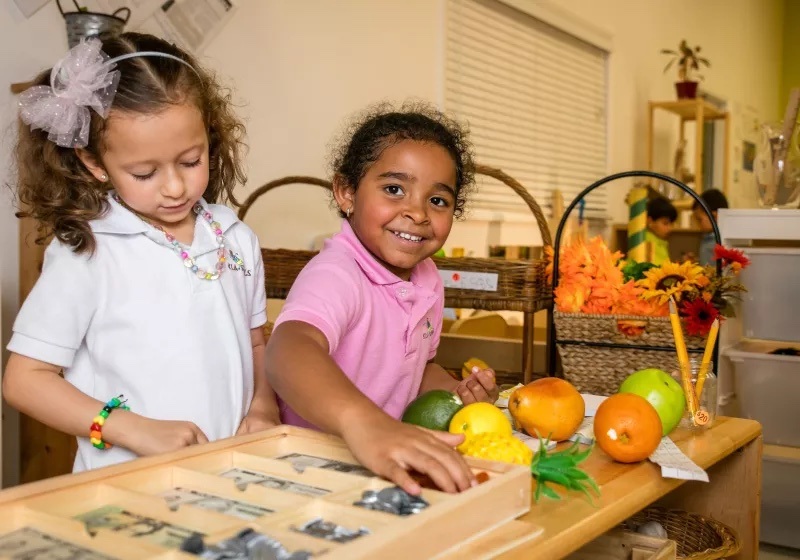Nov 09, 2023
Supporting Hands-On Learning in Childhood
Children learn through hands-on learning. A recent study showed that preschoolers were less likely to explore and learn for themselves after an adult demonstrated how a toy works. The study showed that, with instruction, “children are less likely to perform potentially irrelevant actions but also less likely to discover novel information."
At KLA Schools, our Reggio Emilia educational philosophy supports a child’s own active learning. Our students are always encouraged to build, create, theorize, question and dream. Here are some ways you can support hands-on learning in childhood.
Introduce, but don’t control
Children are eager learners, but may not be able to process the sort of complex, linear instructions we might be used to. It can be tempting to walk your child through the steps of an activity or game, but over-instruction can hinder a child’s capacity to investigate and be overwhelming.
Instead, introduce your child to a toy or game, and let them investigate on their own. In early childhood, learning about the item in general is often more important than learning it correctly. Support your child in forming their own theories and testing them out.
Provide a safe environment for learning
Whether it’s minor or major, hands-on learning necessarily involves some level of risk. But this doesn’t have to mean that hands-on learning is dangerous. Provide a safe and secure learning environment for your child where they can experiment, make mistakes, and try again without having to worry about their physical safety. Additionally, a safe learning environment also extends to a feeling of safety to ask embarrassing or “silly” questions without judgment.
Make room for imagination
We can all remember dreaming up vivid scenarios as children, or sketching out a new toy or game idea we may have had. This sense of imagination and design is critical in early childhood learning, and can be easily supported at home. Ask your child to imagine something interesting that they can make at home, then provide the materials to help them create it. For example, you may support your child in designing a backyard obstacle course by asking them to sketch out how it would look, then letting them brainstorm what household materials they can use to create it outside.
Get ideas from your child’s preschool
A good preschool understands the power of hands-on learning, and your child likely has many opportunities for this type of learning throughout their day. Your preschool is your parenting partner, so feel free to ask your child’s teachers for ideas on supporting hands-on learning at home. They’ll be able to give you suggestions that fit your budget as well as thoughts on how your child’s unique personality and interests will best flourish through active learning.
Learn more about how KLA Schools supports hands-on learning in childhood through our Reggio Emilia curriculum.

